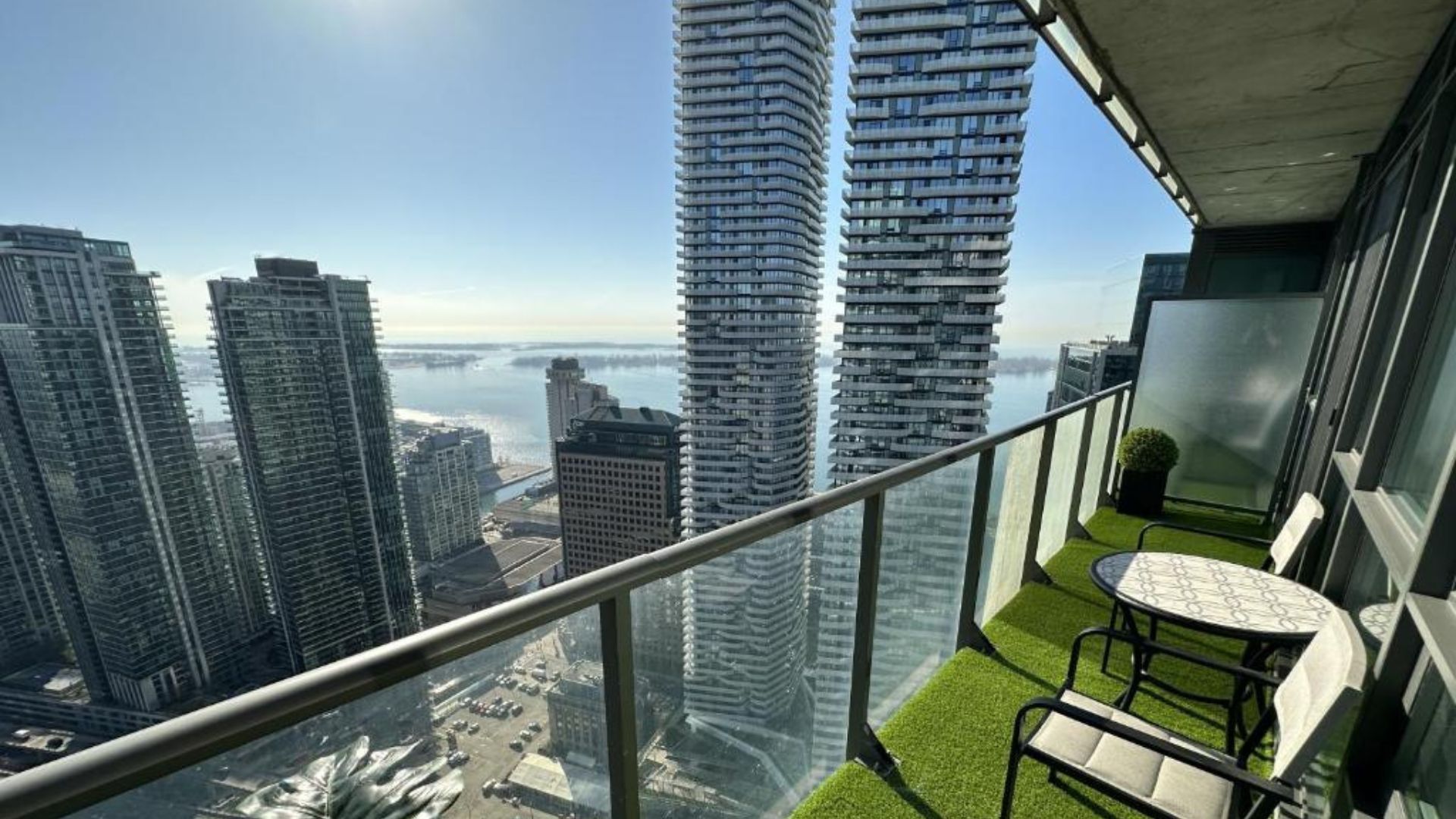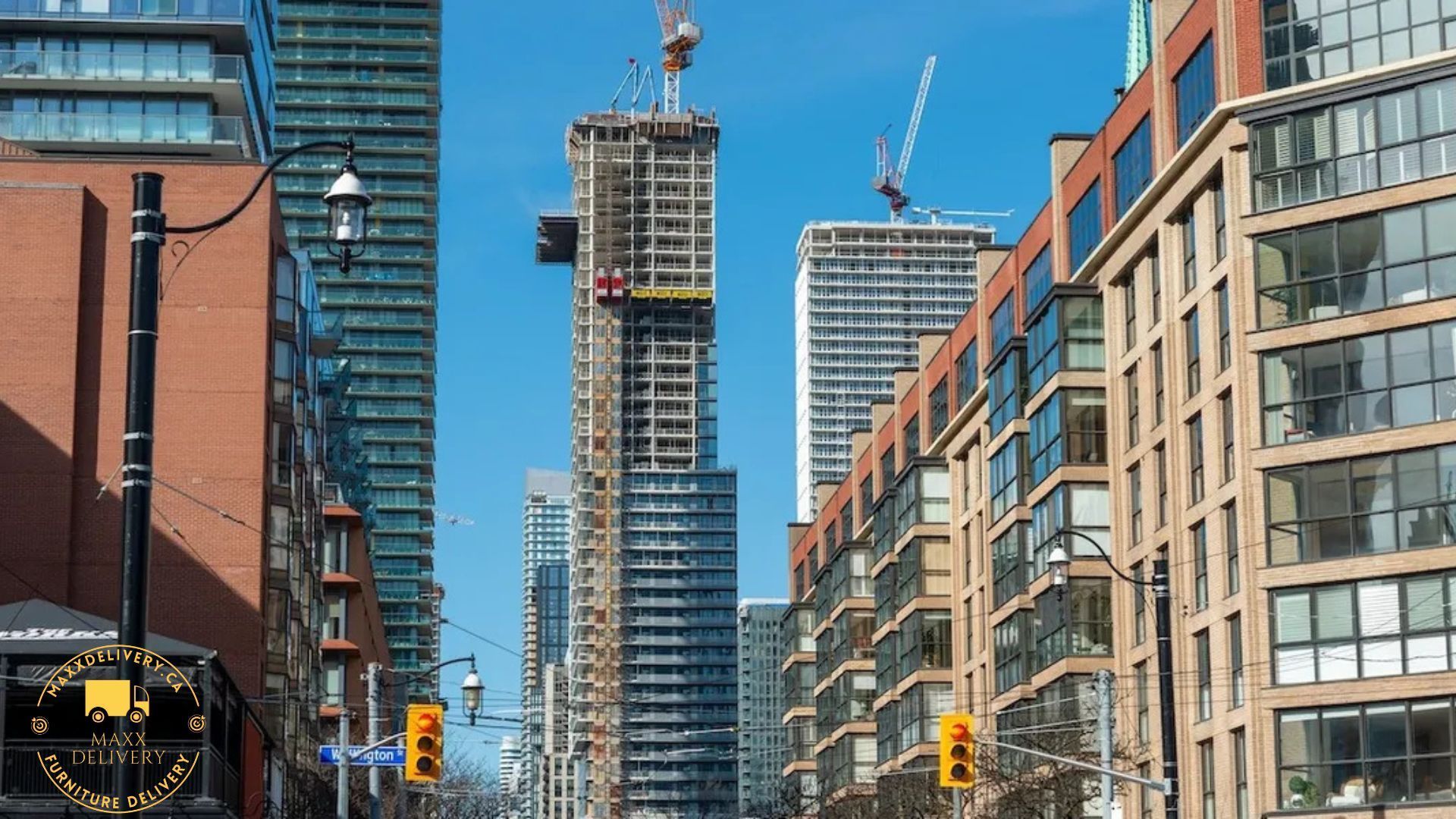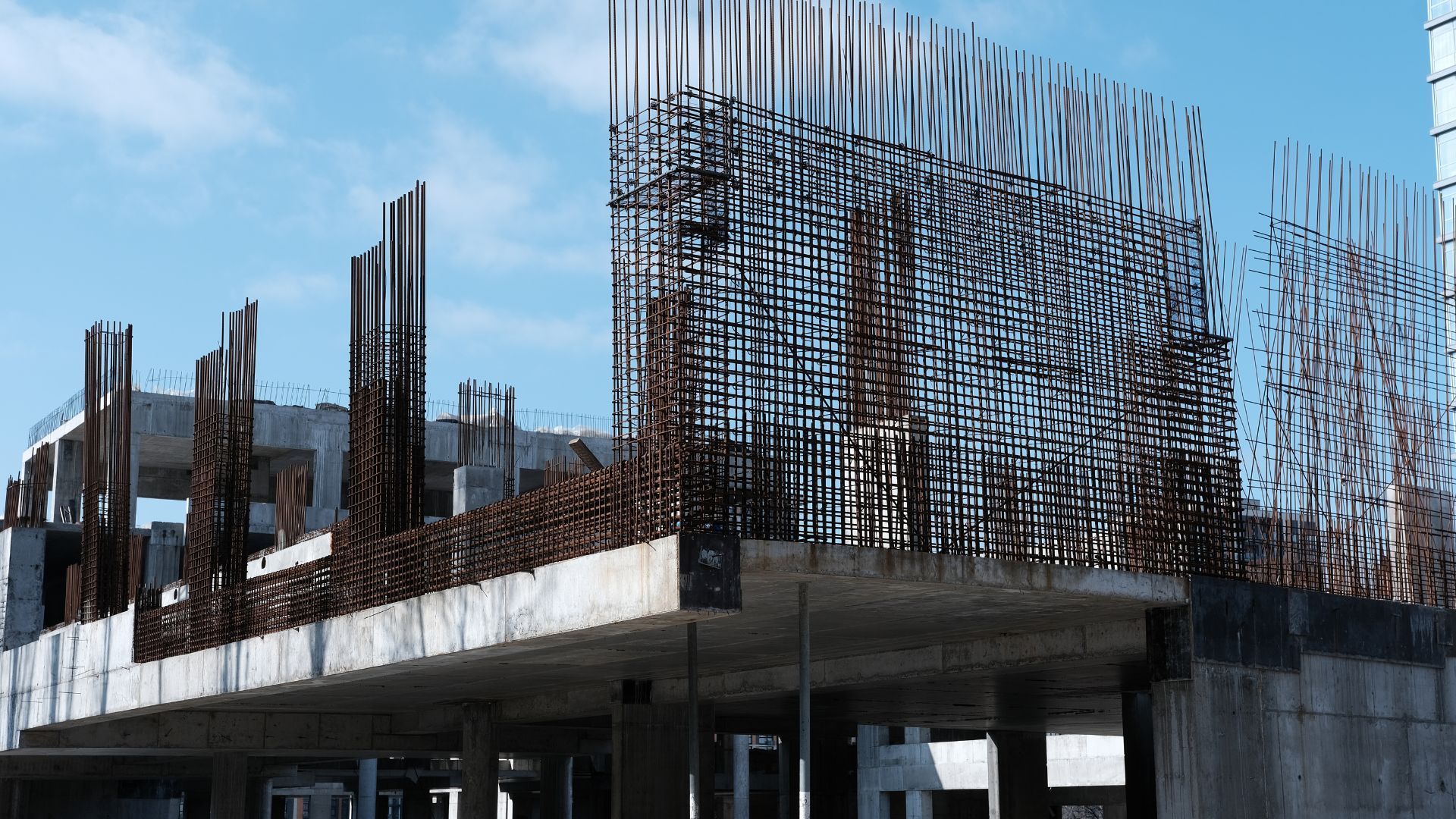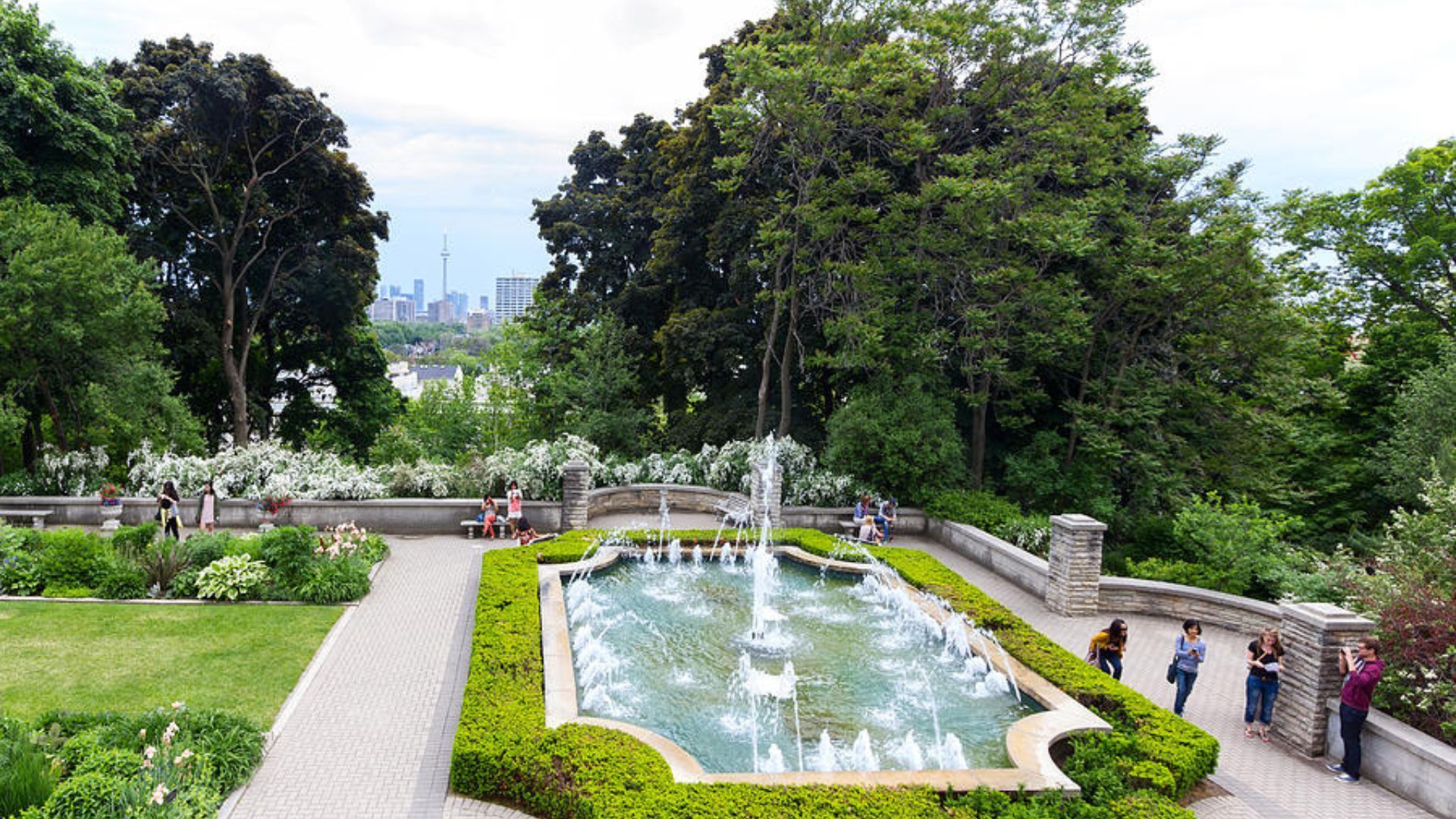What Does Fully Renovated Apartment Mean?
A fully renovated apartment offers the perfect blend of classic architecture and modern conveniences, providing a refreshed and enhanced living space. When an apartment is fully renovated, it means that key features like kitchens, bathrooms, flooring, and lighting have been upgraded to meet contemporary standards. However, unlike remodeling, which changes the layout or functionality, renovation maintains the structure while improving aesthetics and performance. These updates often include energy-efficient appliances, elegant countertops, and modern lighting systems, making the apartment not only more visually appealing but also more functional. For tenants, this means living in a space that combines the charm of an older building with the efficiency and style of modern design. Property owners benefit too, as fully renovated apartments command higher rents, reduce vacancies, and increase property value. Understanding what goes into a fully renovated apartment helps renters and owners make informed decisions, ensuring long-term satisfaction and improved investment potential. Whether you're looking for a cozy space in a historic building or a fresh, modernized home, a fully renovated apartment can offer the best of both worlds.
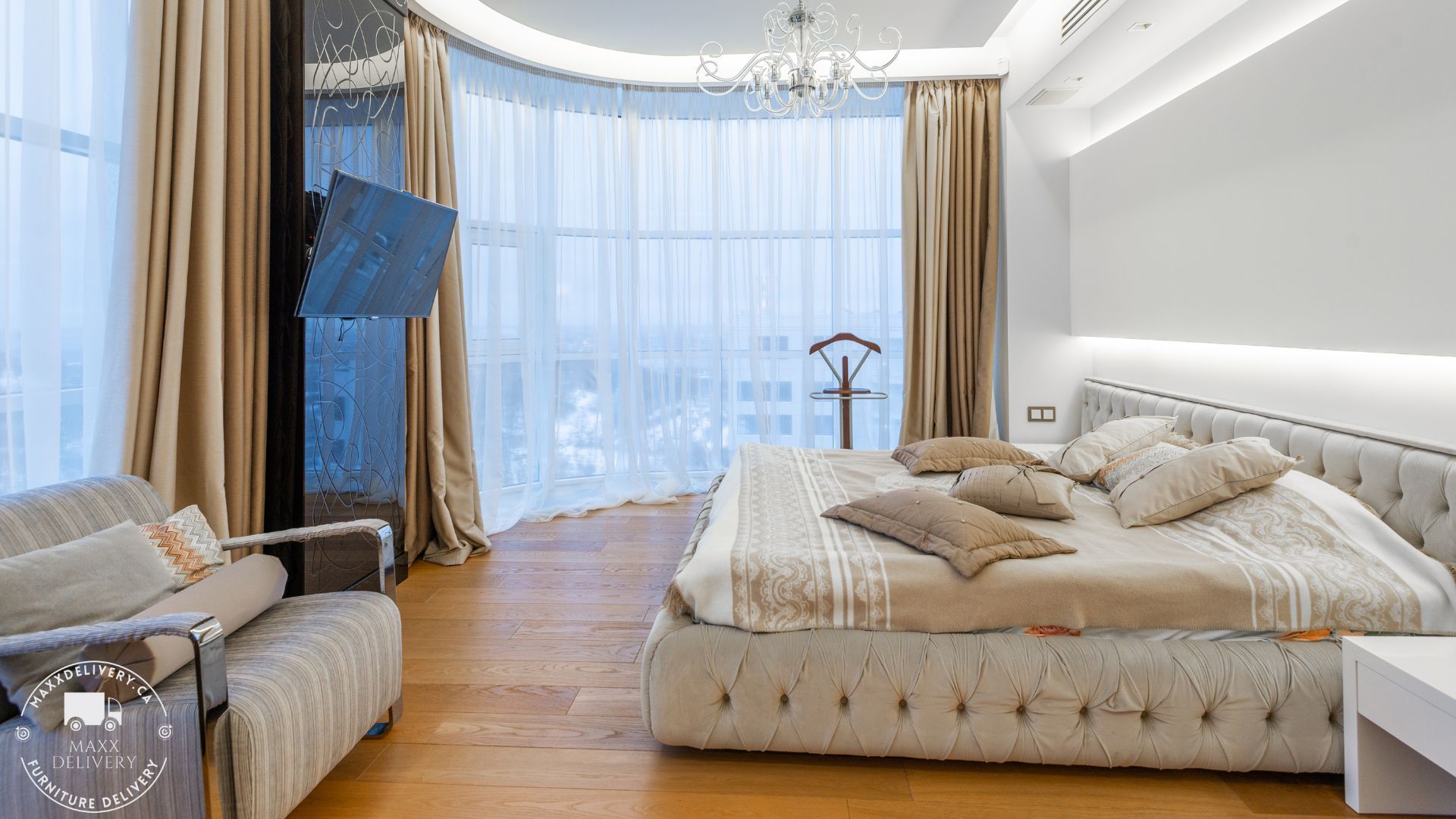
Understanding Renovation vs. Remodel vs. Restoration
When discussing apartment improvements, it’s important to differentiate between renovation, remodeling, and restoration. Each serves a distinct purpose:
- Renovation: Updates or refreshes the living space without changing its fundamental use. This can include installing new fixtures, flooring, or appliances while keeping the layout intact.
- Remodeling: Involves changing the structure or functionality of the space. For instance, knocking down walls to create an open floor plan is a remodel.
- Restoration: Focuses on returning a living space to its original form, maintaining historical elements while integrating modern comforts.
In a fully renovated apartment, the aim is to modernize the space without altering its core structure, delivering the best of updated aesthetics and functionality.
Features of a Fully Renovated Apartment
A fully renovated apartment typically includes a range of new and improved features that enhance the overall living experience. Some common updates include:
- New flooring: Wood-style flooring, plush carpeting, or elegant ceramic tiles.
- Updated kitchens: Stainless steel appliances, stone countertops, and energy-efficient setups.
- Modern lighting: LED fixtures that offer brighter, more energy-efficient illumination.
- Bathroom upgrades: Luxurious tubs, rainfall showerheads, and chic tiles.
These improvements ensure that renters enjoy a more refined living experience, with an emphasis on comfort and luxury. Not only do these upgrades appeal to modern tastes, but they also enhance the overall value of the property.
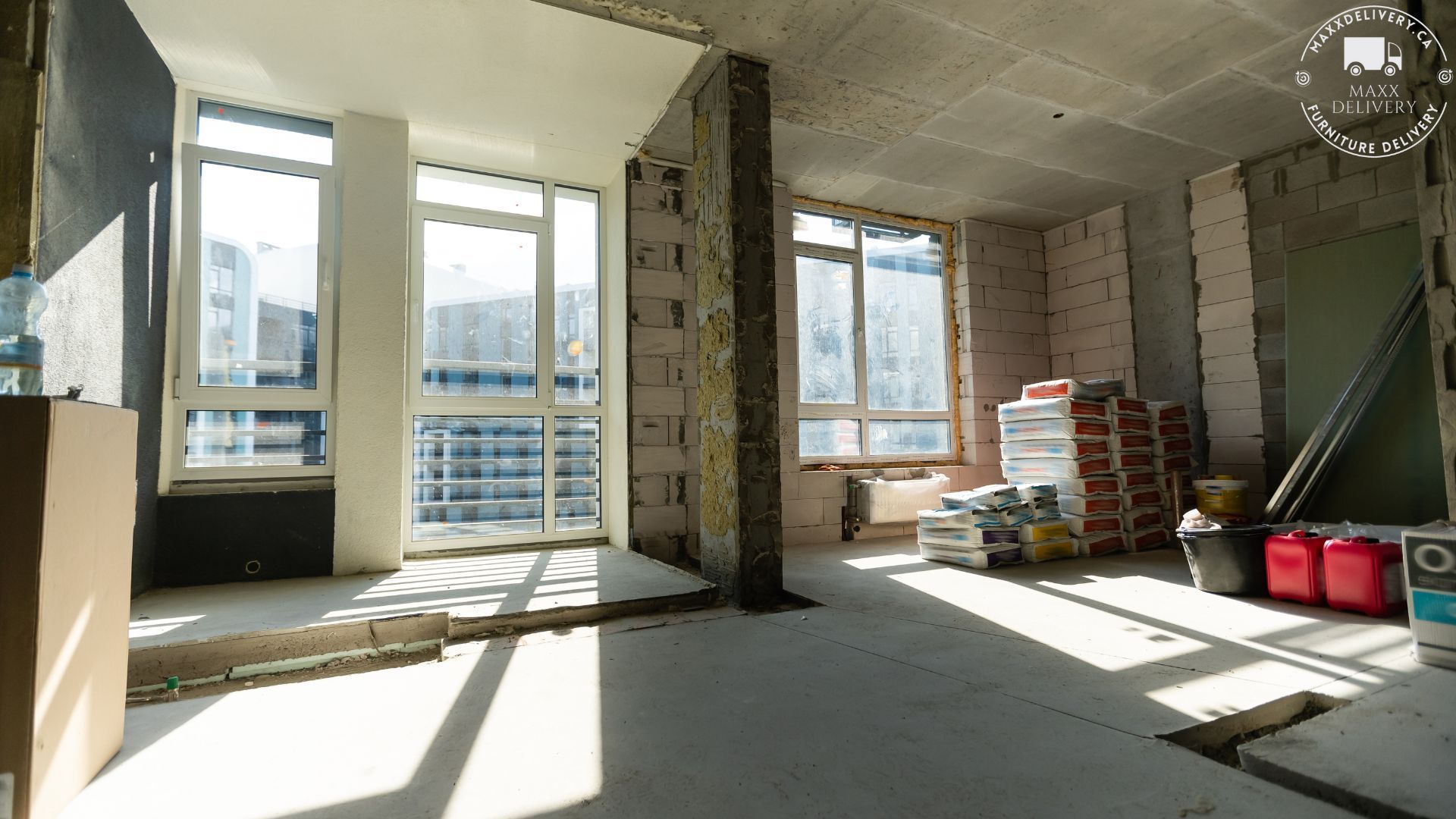
Community Amenities in Renovated Properties
In addition to individual unit upgrades, community-wide renovations can transform a property into a high-end residential experience. Many renovated apartment complexes offer shared amenities such as:
- Upgraded lobbies: Stylish and welcoming entrance spaces.
- Fitness centers and pools: Modern exercise facilities and resort-style pools.
- Pet-friendly spaces: Bark parks or dog-washing stations.
- Tech-friendly amenities: High-speed internet, electric car charging stations, or smart home technologies.
These community-focused improvements make the property more attractive to potential renters and foster a sense of luxury and convenience that extends beyond the individual apartment.
The Benefits of Fully Renovated Apartments
From a renter's perspective, the benefits of living in a fully renovated apartment are clear:
- Modern finishes: Fully renovated apartments offer the latest in design and functionality, from sleek countertops to advanced appliances.
- Energy efficiency: Many renovations include energy-saving windows, insulation, and appliances, reducing utility costs.
- More appealing spaces: Open layouts, enhanced lighting, and updated décor create a brighter and more inviting living environment.
- Luxury amenities: Kitchens, bathrooms, and common areas are updated to include features that make everyday living easier and more enjoyable.
For property owners, renovations offer substantial benefits as well. They can command higher rents, reduce vacancy rates, and improve property values. A well-renovated property is also easier to market and maintain, as satisfied tenants are more likely to stay longer and recommend the property to others.
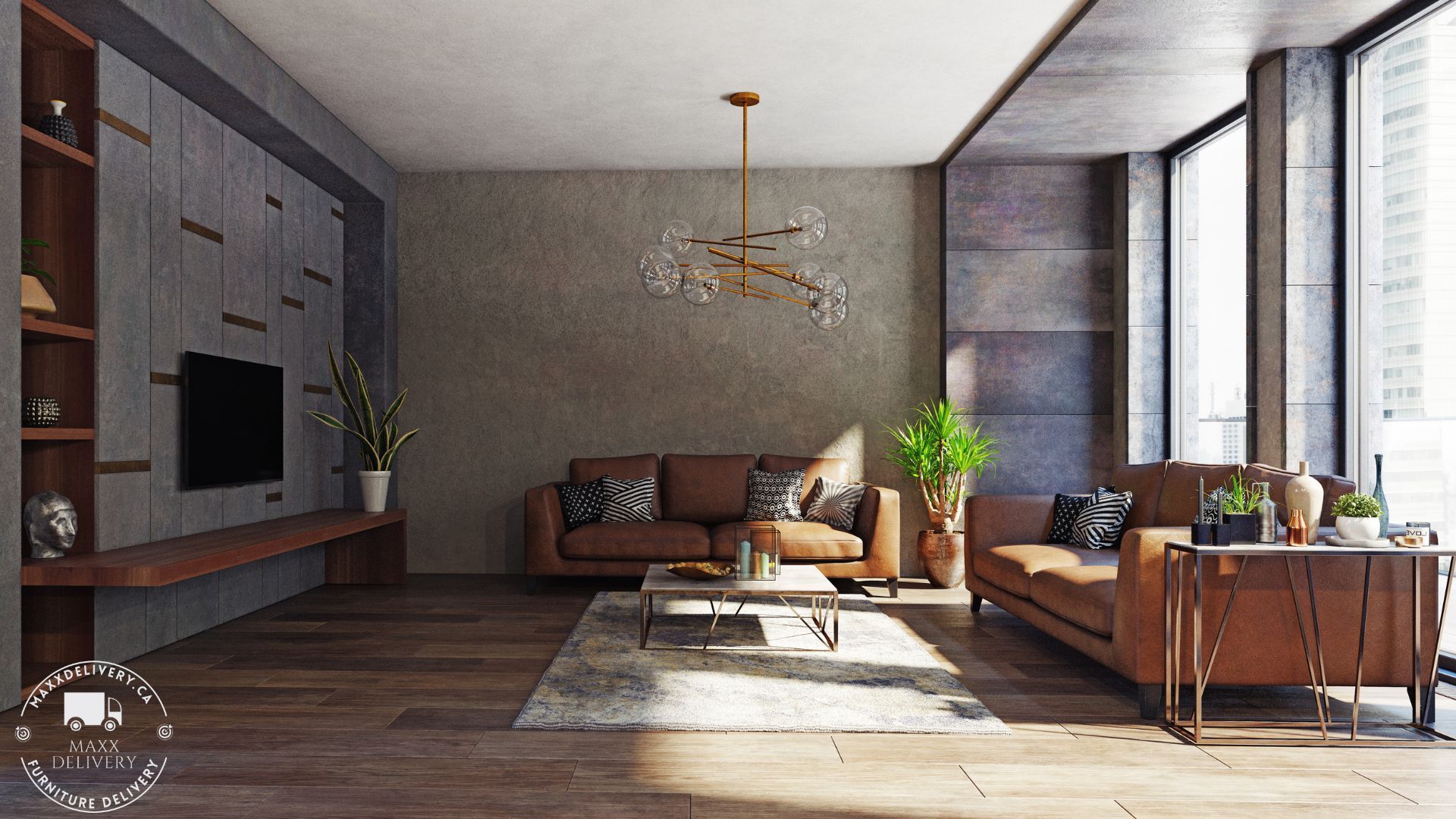
Timing and Quality Matter
Timing is key when undertaking property renovations. Apartment owners should consider renovating when properties show signs of aging, such as outdated finishes or inefficient systems. Delaying these updates can lead to increased maintenance costs and tenant dissatisfaction. Quality is another crucial factor. While some renovations may be superficial (e.g., new paint or appliances), high-quality renovations dive deeper, addressing underlying infrastructure issues such as plumbing, wiring, or HVAC systems. Renters can often tell the difference between well-executed renovations and quick, low-cost fixes. Opting for a thorough renovation ensures long-term tenant satisfaction and reduces the likelihood of future repairs.
Fully Renovated Apartments vs. New Construction
One of the most frequent questions potential renters ask is how a fully renovated apartment compares to an apartment in a
newly constructed building. While both offer modern amenities, there are a few key differences:
- Character: Fully renovated apartments often retain the charm of older buildings, such as high ceilings, crown molding, and spacious layouts. New construction, while fresh and modern, may lack this unique architectural flair.
- Location: Renovated apartments are often located in prime, established neighborhoods, while new construction may be in rapidly developing areas.
- Build quality: Many renters prefer the solid construction of older buildings, which tend to have thicker walls and better soundproofing than quickly built modern complexes.
Renters should assess their priorities when choosing between new construction and a fully renovated unit. If location and unique character are high on the list, a fully renovated apartment in an established neighborhood may be the better option.
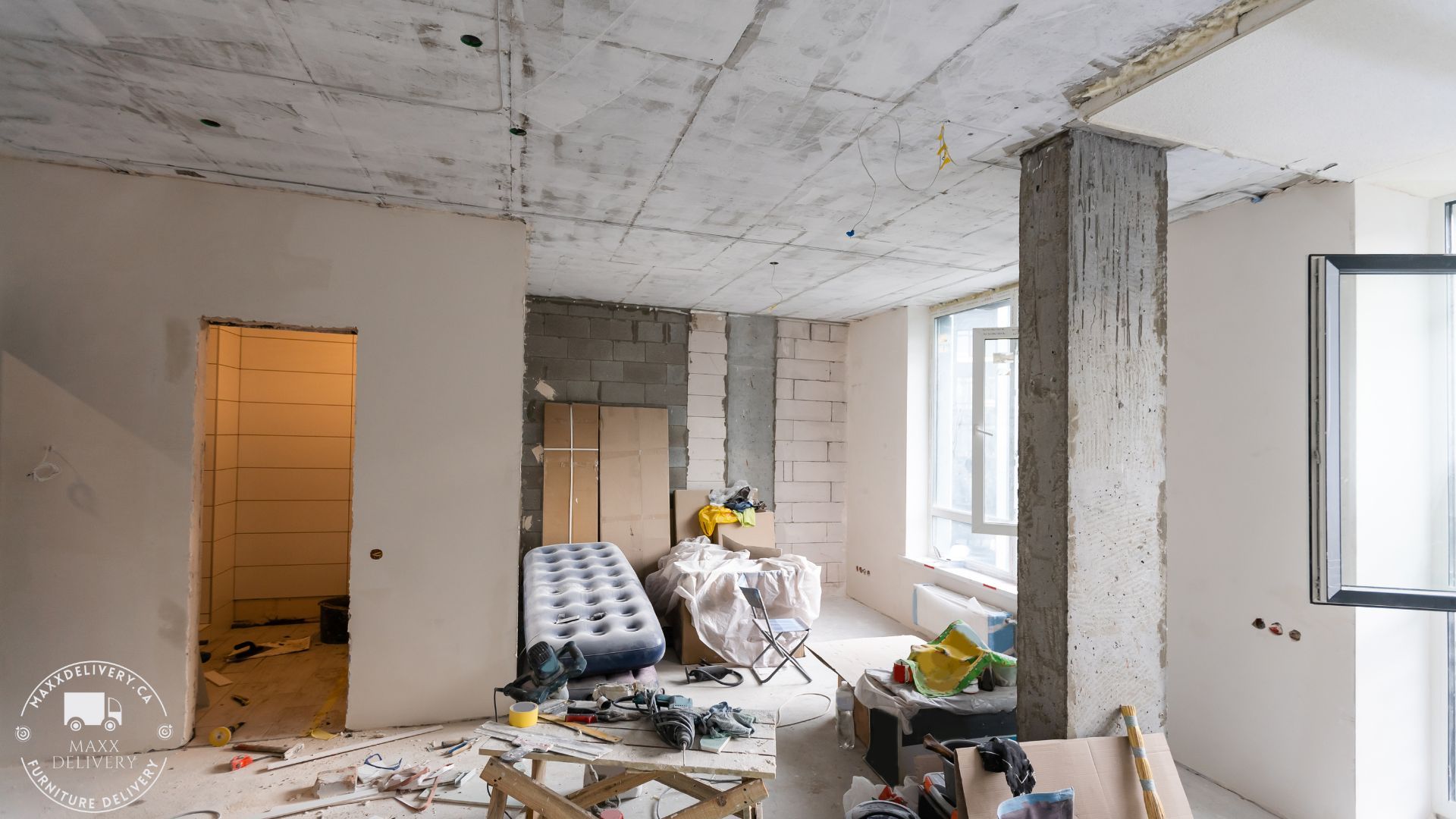
Making the Right Choice
Ultimately, choosing a fully renovated apartment offers many benefits, from modernized living spaces to enhanced community amenities. Whether you’re a renter seeking an upgraded living experience or a property owner looking to improve the value of your building, a thoughtful renovation can offer a fresh take on residential living. For renters, it’s essential to inspect the quality of the renovation, paying close attention to areas like plumbing, flooring, and appliances. A quick visit to the property can reveal whether the renovation was comprehensive or merely cosmetic. For property owners, balancing cost with quality is crucial. Investing in high-quality renovations not only improves tenant satisfaction but also increases the property’s long-term value. By understanding what a fully renovated apartment entails, renters and owners alike can make informed decisions that result in a better living experience, higher property values, and a more sustainable investment.
MaxxDelivery Moving and Delivery Tips and Blog




